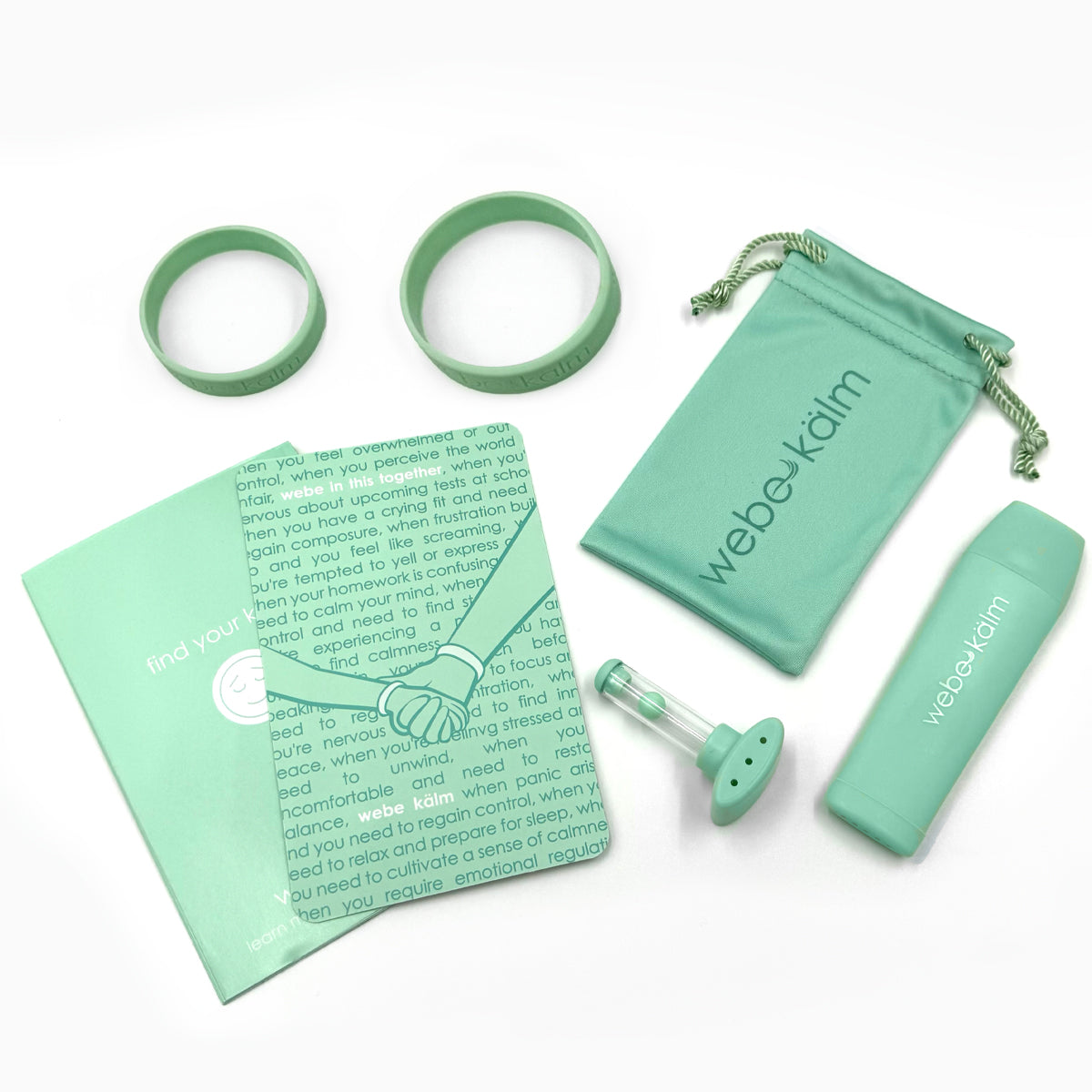Dear webe,
My daughter has been really struggling lately—emotionally and physically. She complains of stomachaches almost every morning, refuses to eat breakfast, and bursts into tears when we try to talk about anything. I’ve tried everything: different foods, calming routines, even backing off completely. Nothing seems to help. And I find myself swinging between desperately trying to fix it and totally freezing. I just don’t know what else to do. How do I show up for her when I feel so helpless?
—Tired and Trying Mom
Dear Tired and Trying,
First, take a breath. Not a big one—just one that’s enough to feel the air move. You're carrying so much right now: worry for your child, the ache of uncertainty, and the exhaustion of trying so hard to help without seeing a change. It’s a painful, sacred place—this in-between space where all your best efforts don’t seem to land, and you're left wondering, “If fixing doesn’t work, what do I do now?”
You are not alone in that question. It’s one every loving parent meets at some point: the moment where presence feels like not enough—and yet, it’s the only thing left to offer.
This is not a failure. This is a crossing.
What you're describing—those quiet stomachaches, the tears, the withdrawal—could very well be your daughter’s own body saying, “Something doesn’t feel safe enough yet to share.” Not in a big, dramatic way. Just in the subtle, nervous-system way that children show us they’re overwhelmed.
So where do you go from here?
You soften. Not in resignation, but in relationship.
Instead of asking “What do I do to fix this?” try asking:
-
“What would feel gentle for her right now?”
-
“What does my presence feel like to her in this moment?”
-
“Can I be with her pain without making it go away?”
You’re not wrong to want her to feel better. And you’re not failing because you haven’t found the perfect solution. Sometimes, when symptoms persist despite our best efforts, it's not a cue to push harder—it’s a whisper to stay.
Here are a few soft, aligned steps you can try:
A Morning Connection Sequence (for You and Her)
-
Ground Yourself First
Before you enter her world, return to yours. Place your hand on your heart. Say, “I don’t have to fix this right now—I just want to arrive.” Even 30 seconds of this helps your nervous system regulate hers. -
Offer Sensory Anchors Instead of Solutions
Instead of trying to get her to talk, offer a warm washcloth for her tummy. A cozy blanket. Sit next to her and hum. Let her feel felt before you try to understand her. -
Thank the Fixer Voice
When your inner voice screams, “Try harder!”—whisper back: “Thank you for caring. Right now, we’re just being here.” -
Name the Inner Light, Not the Problem
If she shares even a glimpse of how she feels, reflect it softly. “That sounds like a really heavy feeling.” Or, “I’m so glad you told me.” You’re showing her that even her hardest moments are welcome with you.
Sometimes, we imagine presence should feel magical or transformative. But often, it just feels quiet. Still. Like not doing enough. And yet—this is where trust is built. Not from solving, but from staying.
You're doing sacred work right now. The work of helping your child feel safe in her body even when her body is uncomfortable. The work of helping her know she’s not alone even when she doesn’t have the words.
From one parent doing the best they can to another, webe in this together!
Best wishes,
webe
P.S. If this topic resonated with you and you’re curious how it shows up in your own life—not just as a parent, but as a person—we wrote about this same theme from a more personal angle in our Substack. It’s a gentle reflection on what it feels like when presence seems to fall short, and how softening—not solving—can still lead us home. “When Fixing Fails and Presence Feels Empty—or Just Not Enough”













Leave a comment
All comments are moderated before being published.
This site is protected by hCaptcha and the hCaptcha Privacy Policy and Terms of Service apply.